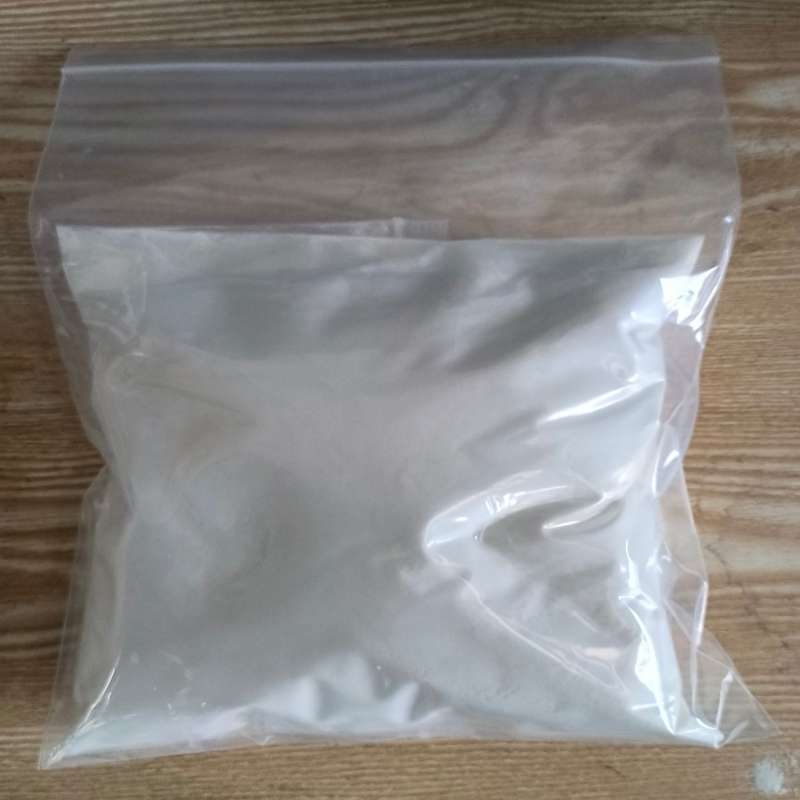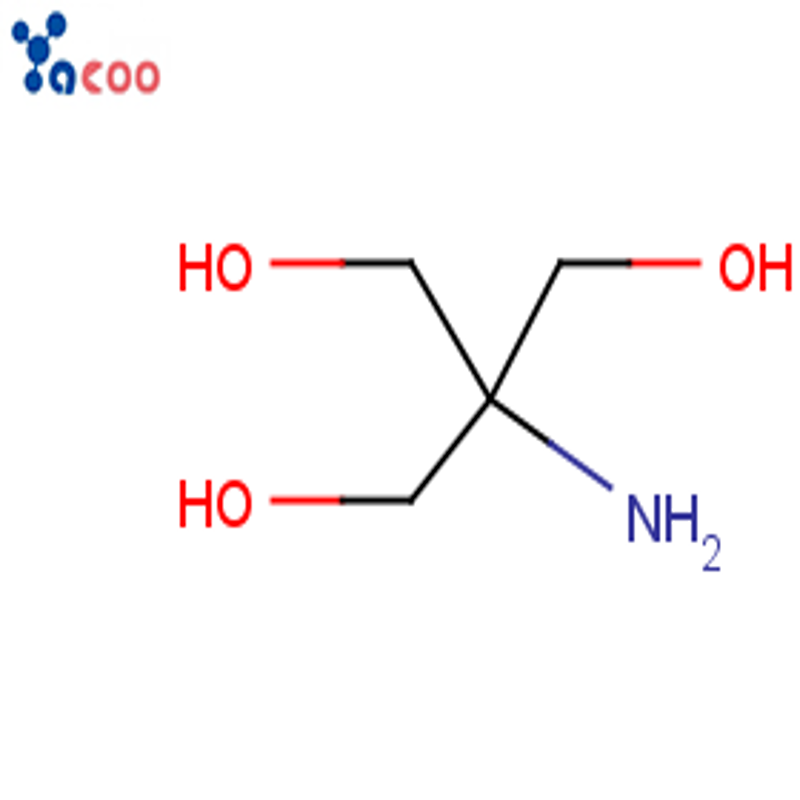-
Categories
-
Pharmaceutical Intermediates
-
Active Pharmaceutical Ingredients
-
Food Additives
- Industrial Coatings
- Agrochemicals
- Dyes and Pigments
- Surfactant
- Flavors and Fragrances
- Chemical Reagents
- Catalyst and Auxiliary
- Natural Products
- Inorganic Chemistry
-
Organic Chemistry
-
Biochemical Engineering
- Analytical Chemistry
-
Cosmetic Ingredient
- Water Treatment Chemical
-
Pharmaceutical Intermediates
Promotion
ECHEMI Mall
Wholesale
Weekly Price
Exhibition
News
-
Trade Service
Di-o-tolylguanidine (DOTG) is an important intermediate chemical used in the production of a variety of downstream products in the chemical industry.
As an upstream product, DOTG is used as a precursor in the production of agrochemicals, pharmaceuticals, and other chemical products.
Upstream Product: Di-o-tolylguanidine
Di-o-tolylguanidine (DOTG) is a white crystalline solid with a characteristic odor.
It is soluble in water and organic solvents, and is a versatile intermediate chemical that can undergo a range of chemical reactions.
DOTG is commonly used in the production of agrochemicals, pharmaceuticals, and other chemical products.
One of the most common uses of DOTG is as a precursor in the production of herbicides.
DOTG is converted into herbicides through a series of chemical reactions that result in the formation of a range of active ingredients.
These active ingredients are used to control weeds in crops, and are an important tool for farmers in managing their crops.
DOTG is also used in the production of pharmaceuticals.
It is converted into a range of active ingredients that are used in the treatment of diseases such as cancer, malaria, and Alzheimer's disease.
The precise mechanism of action of these active ingredients is not always well understood, but it is believed that they play a role in modulating the activity of certain enzymes or receptors in the body.
Downstream Products: Herbicides and Pharmaceuticals
The most common downstream products of DOTG are herbicides and pharmaceuticals.
These products are used in a variety of applications, from controlling weeds in crops to treating diseases in humans.
Herbicides are chemicals that are used to control weeds in crops.
They are an important tool for farmers in managing their crops, and are used to protect crops from competition for space, water, and nutrients.
The most common herbicides contain active ingredients such as glyphosate, 2,4-D, and dicamba.
These active ingredients are derived from DOTG and are used to control a range of weed species.
Pharmaceuticals are chemical products that are used to treat diseases in humans.
They are an important tool for healthcare professionals in managing the health of their patients.
The most common pharmaceuticals contain active ingredients such as vinblastine, vincristine, and vinorelbine.
These active ingredients are derived from DOTG and are used in the treatment of a range of diseases, including cancer, malaria, and Alzheimer's disease.
Benefits and Challenges of Using DOTG
The use of DOTG as an intermediate chemical in the production of downstream products such as herbicides and pharmaceuticals has a number of benefits.
These benefits include:
- Cost savings: The use of DOTG as an intermediate chemical can result in cost savings for manufacturers.
This is because DOTG is a versatile chemical that can undergo a range of chemical reactions, which allows manufacturers to produce a range of downstream products from a single precursor. - Increased efficiency: The use of DOTG as an intermediate chemical can result in increased efficiency for manufacturers.
This is because DOTG can be converted into a range of active ingredients through a series of chemical reactions, which allows manufacturers to produce multiple products from a single precursor. - Reduced waste: The use of DOTG as an intermediate chemical can result in reduced waste for manufacturers.
This is because any excess or unwanted DOTG can be recycled and reused in the production of other







